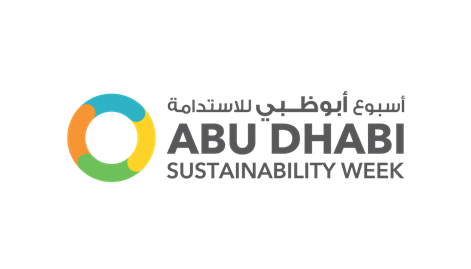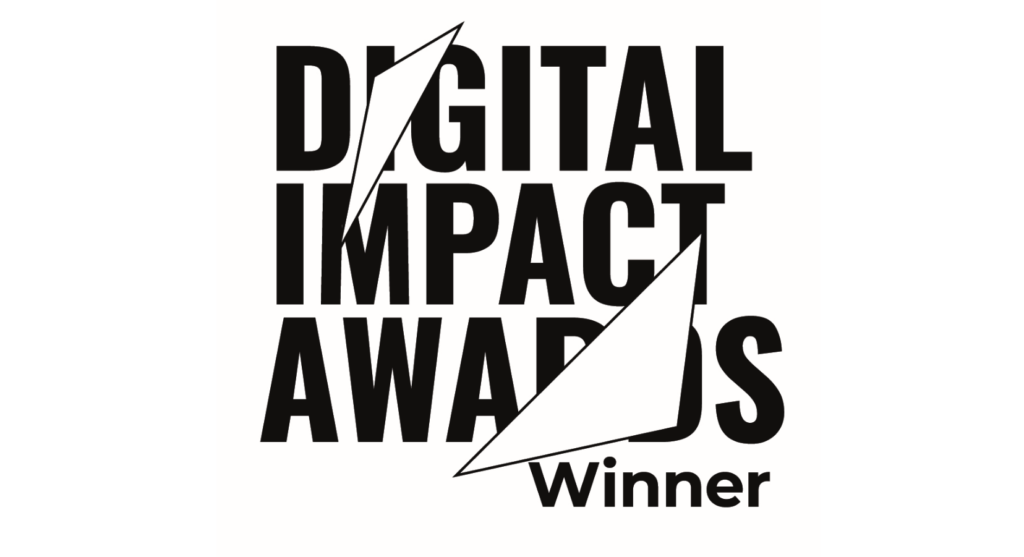Should Brands and Comms Teams Embrace or Fear Generative AI?

‘AI will be increasingly important for brand communications in the future, as brands seek to stay ahead of the curve and deliver more personalized, engaging, and effective messaging to their customers’. Not my words. This assessment of AI and brand communications was written by ChatGPT – in approximately 2 seconds…
A lot of buzz and froth has been generated about generative AI, particularly after Microsoft invested in ChatGPT, OpenAI released its updated GPT-4 (GPT stands for Generative Pre-trained Transformer) and Google released its own version, called Bard.
There’s also fear over this technology and the speed of its development. For example, Italy has banned ChatGPT over privacy concerns. And a group of technology leaders, including Elon Musk, has signed an open letter calling for a pause in the development of these types of AI systems.
The letter states: ‘Advanced AI could represent a profound change in the history of life on Earth, and should be planned for and managed with commensurate care and resources’.
Pause Giant AI Experiments: An Open Letter – Future of Life Institute
Gary Rogers is the Senior Newsroom Strategy Consultant at Fathm. He’s also the founder of RADAR AI, and has worked on projects for DMA Media, the owner of TheNewsMarket.
“There is a lot of hype and hysteria around generative AI. Some organisations are already busy putting it into use, but for the more cautious there is a temptation to sit back and wait, to see what’s there when the hype dies down,” says Rogers.
“The technology is moving quickly. The question is not ‘is this going to be big?’ The question is ‘How big is this going to be?’ I don’t think sitting and waiting is an option,” he adds.
Cutting Through the Hype About Generative AI
Unlike search engines, generative AI is language-based. Whereas Google and Bing search the internet and offer links to stories, generative AI actually creates content in response to your request. DALL-E has also been released by OpenAI. It creates images from language descriptions.
After trying out ChaptGPT, it obviously works, and it’s incredibly fast. It can write anything you want, in any format you want, in a matter of seconds. However, it has obvious flaws that need to be taken into consideration before a brand begins implementing solutions using ChatGPT.
Firstly, it isn’t up to date. Its knowledge of the world and events after 2021 is limited. Secondly, it can occasionally ‘hallucinate’ and generate incorrect information.
There are also questions over bias, information sourcing and deep fakes. Therefore, for the moment, a human is still needed to check its responses for accuracy and bias.
“As you experiment, you need to think about the bigger issues – the ethical concerns about the use of AI – so start drawing up some guidelines for use,” says Rogers.
AI and You
Brands need to consider how they can integrate AI into their business. For example, Microsoft is embedding GPT-4 in its Bing search engine. It also intends to deploy it across all its 365 products, such as Excel, Word, Outlook, Teams and PowerPoint. This could mean an Excel spreadsheet of financial figures could be instantly made into a PowerPoint presentation. Microsoft is calling the new system Copilot.
Also, be aware that there are many different AI options available. For example, Natural Language Generation (NLG) is an established technology which has been deployed for many years in numerous industries.
RADAR AI has been using it since 2017 to turn public data into front page news stories at a massive scale. NLG should be the first choice to turn structured data into text.
“It works by constructing a template for a story with a series of triggers set to generate a range of pre-authored text responses. Feed data through the template and it delivers text which tells the story within that data,” explains Rogers.
“This is the perfect solution if you want to generate many versions of a story due to very regular updates to the data, or the data is segmented into many different markets which each requires a story.”
In Conclusion
Don’t stick your head in the sand. You may not like the idea of AI, but you definitely need to find out more about it and consider how it could be utilised to enhance your business.
“Look at the friction points, repetitive tasks and unfulfilled ambitions in your business to calculate where the use of AI might make a difference. Start to experiment in a controlled way to see what works. Put people with the best judgement in charge of those experiments,” advises Rogers.
I’ll leave the last words to ChatGPT: ‘It’s important to recognize that technology itself is not inherently good or bad; it’s all about how it’s used. Therefore, it’s crucial to establish ethical guidelines and regulations to ensure that AI is developed and used responsibly and ethically’.








